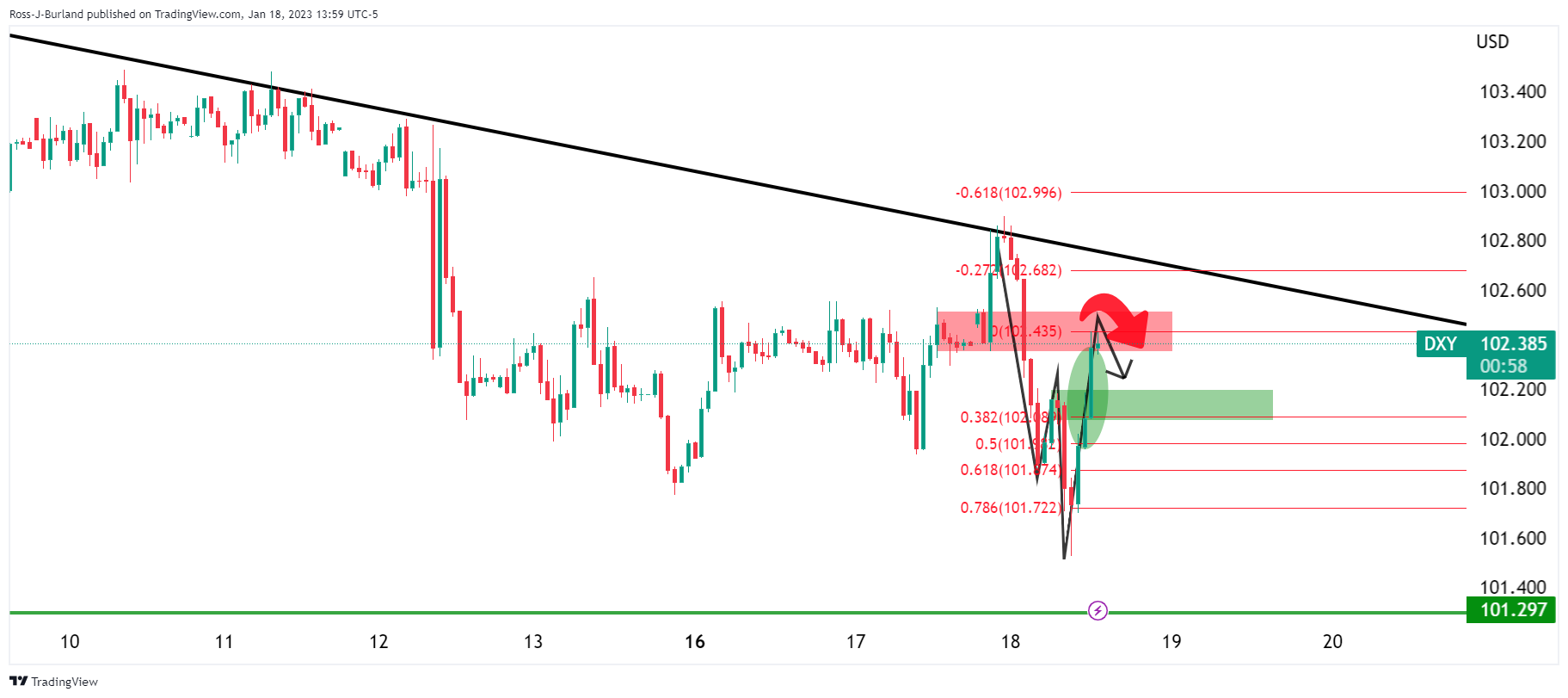- Fed's Beige Book: Overall economic activity has remained relatively stable
Notícias do Mercado
Fed's Beige Book: Overall economic activity has remained relatively stable
The Federal Reserve's Beige Book shows that since the previous report, overall economic activity has remained relatively stable and overall, contacts expected little growth in the coming months.
Key notes
Selling prices increased at a modest or moderate pace in most districts, though many said that the pace of increases had slowed from that of recent reporting periods.
Employment continued to grow at a modest to moderate pace for most districts.
On balance, contacts generally expected little growth in the months ahead.
Wage pressures remained elevated across districts, though five reserve banks reported that these pressures had eased somewhat.
US Dollar update
Earlier in the day, the US Dollar was pressured following US economic reports, the Producer Price Index and Retail Sales, which showed disinflationary tendencies in the data, reinforced expectations that the Fed will continue to reduce its tightening pace in upcoming meetings.
It is also worth noting that today's US Atlanta Fed GDPNow Q4: 3.5% (prev 4.1%).
However, hawkish Federal Reserve speakers have seen markets come under pressure again, fuelling a bid back into the US Dollar:

The DXY index, above, shows the US Dollar meeting resistance in a W-formation on the hourly chart. A correction of the bid could be expected to meet the 102.00/20s in the coming sessions as the price reverts to the neckline of the pattern in a 38.2% Fibonacci correction.
About the Beige Book
The Beige Book reports on the current US economic situation. Interviews with key business contacts, economists, market experts, and other sources are gathered by each of the 12 Federal Reserve Districts. The survey gives a picture of the overall US economic growth. An optimistic view of those authorities is considered positive, or bullish for the USD, whereas a pessimistic view is considered negative, or bearish for the Dollar.